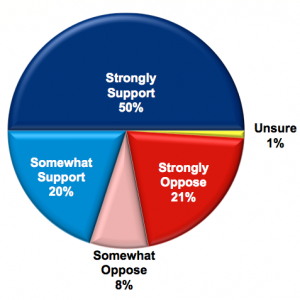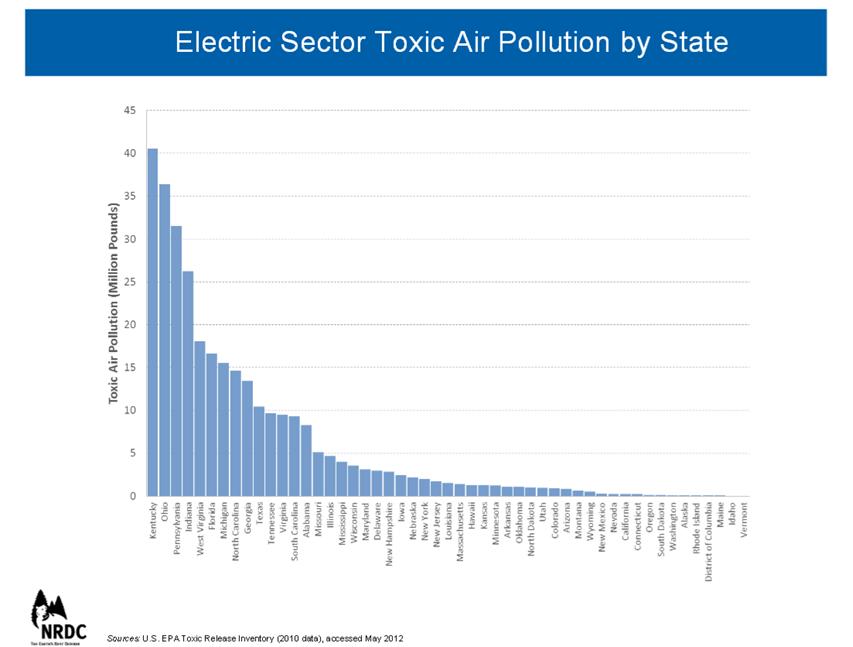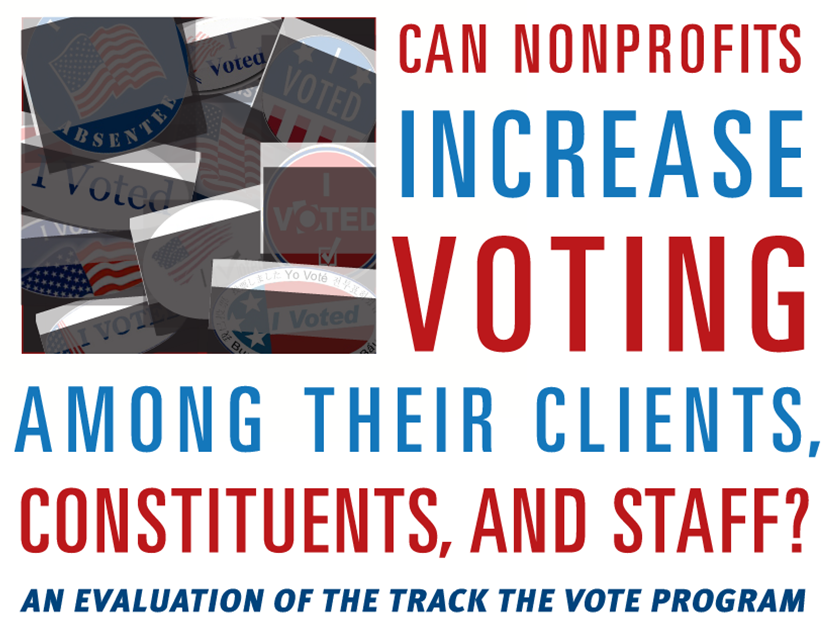Three CT School Districts Approach School Year Preparing for More Instruction Time
/
Last December, Connecticut was one of five states selected to participate in a pilot project by the TIME Collaborative to extend instruction time during the school year by 300 hours, in an initiative aimed at improving academic preparedness and boosting student achievement. Seven Connecticut schools, in East Hartford, Meriden and New London, were selected along with schools in Colorado, Massachusetts, New York and Tennessee.
The timetable for the efforts included planning and workshops during the remainder of the 2012-2013 school year, with the new, improved, lengthened academic calendar to take hold when students returned in the fall of 2013. The new school year – and implementation - is fast approaching.
The TIME Collaborative is a partnership between the Ford Foundation and the National Center on Time & Learning (NCTL) to develop high-quality and sustainable expanded learning time schools. Through the Collaborative, Ford and NCTL are investing in and supporting a select group of states that agree to harness state resources and federal funds using new flexibilities afforded by the federal waiver process to add 300 hours of additional learning time for all students in participating schools.
Ford is providing funds to build state, district and school capacity to support the initiative and is underwriting NCTL’s planning and implementation support to district and schools. Schools in the three Connecticut districts planning to implement the increased instruction time include:
EAST HARTFORD Thomas S. O’Connell Elementary School
MERIDEN Casimir Pulaski Elementary School John Barry Elementary School
NEW LONDON Jennings Elementary School Winthrop Magnet Elementary School Nathan Hale Elementary School Bennie Dover Jackson Middle School
In the TIME Collaborative program, “high quality expanded learning time schools redesign the traditional school day/year to empower each student with the knowledge, skills, and experiences needed for success in college and career.” The guidelines include seven areas of focus:
- Focused school-wide goals
- Rigorous Academics
- Differentiated Supports
- Frequent Data Cycles
- Targeted Teacher development
- Engaging enrichment
- Improved School Culture
Selected districts and schools will have the opportunity to re-engineer their school schedule , and expand opportunities for learning, enrichment and collaboration to improve student achievement, engagement, and teacher effectiveness. They are also eligible to receive annual capacity building grants and deep technical assistance on effective implementation from NCTL at no cost, as well as joining a network of pioneering educators from across the country.
The three-year pilot program will affect almost 20,000 students in 40 schools in the five selected states, with long-term hopes of expanding the program to include additional schools — especially those that serve low-income communities.
Plans called for the schools to implement a collaborative process that would involve the school districts, union leadership, teachers, community partners and parents. The planning process would allow teams to develop an expanded-time schedule that provides a rigorous, well-rounded curriculum for all students; offers individualized help for students who are struggling; uses data and technology to inform and improve instruction; improves collaboration among teachers; provides enrichment opportunities in the arts, music and other areas critical to development; and promotes a culture of high achievement.
A mix of federal, state and district funds will cover the costs of expanded learning time, with the Ford Foundation and the National Center on Time & Learning also contributing financial resources. Just over 1,000 U.S. schools already operate on expanded schedules, an increase of 53 percent over 2009, according to a report from the National Center on Time & Learning.
“For districts that are falling behind, we want to give them the ability to implement the reforms that we know achieve results for students. The additional funding we’re announcing today will allow for the intensive turnaround models that will help us close the nation’s largest achievement gap,” Governor Malloy said when the program was announced last December.














































